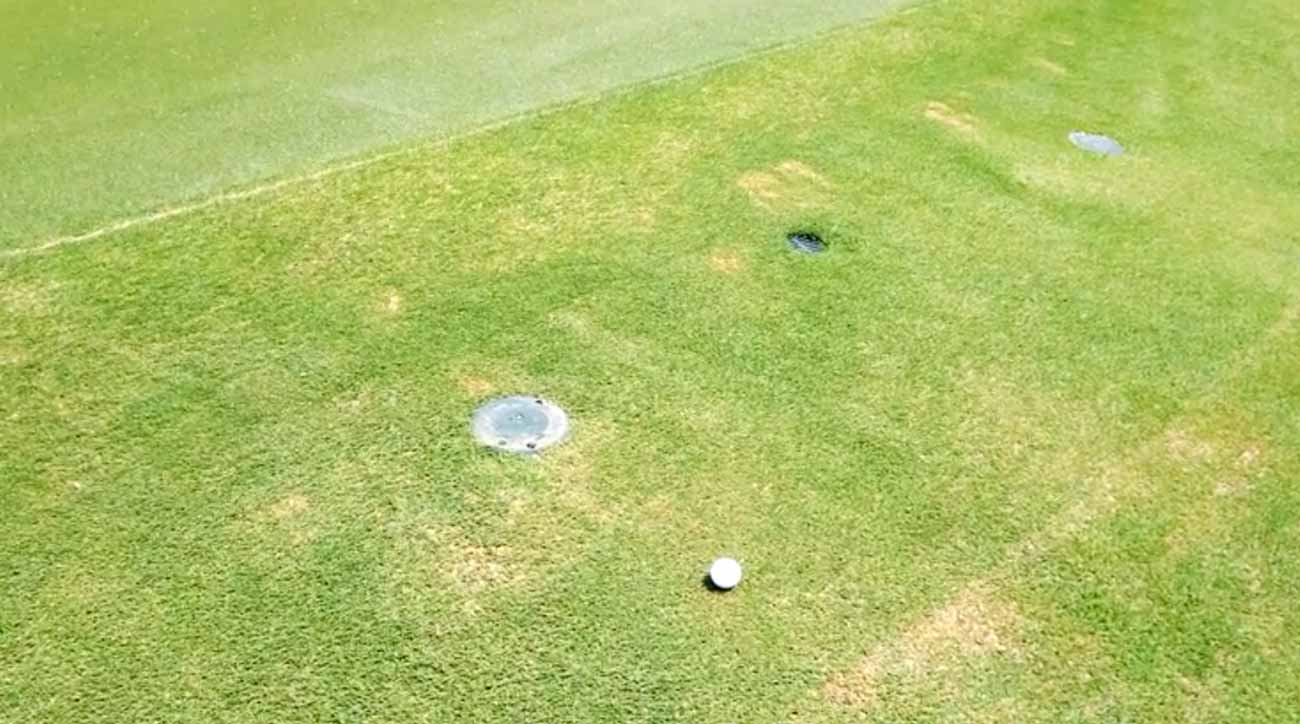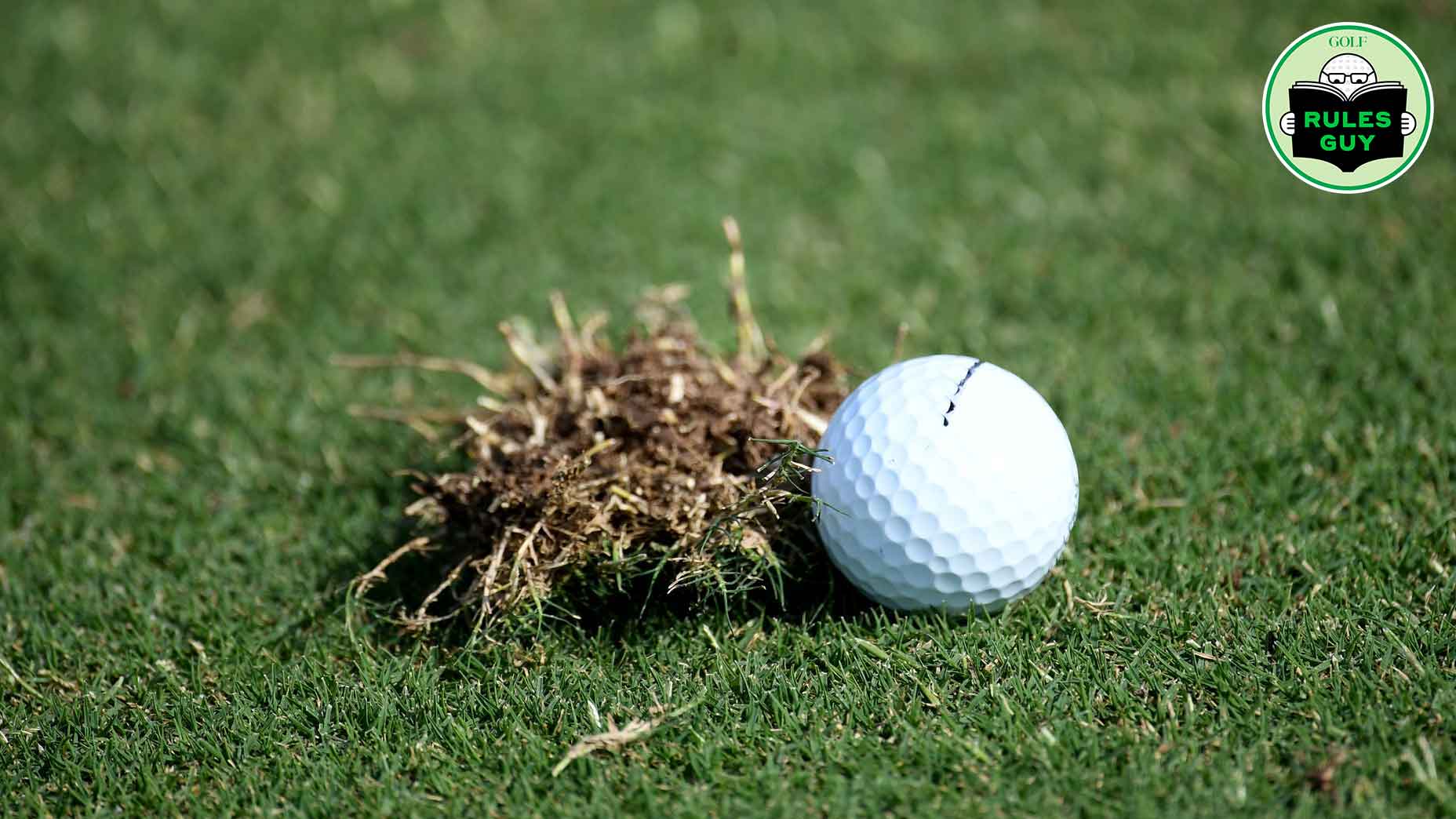 Rules Guy: Is there a rule against playing music on the course?
Rules Guy: Is there a rule against playing music on the course?
Rules Corner: This is how you correctly dispose of loose impediments
Loose impediments are a staple of just about every round of golf, commonly encountered by everyone who plays. But are you sure that you’re defining — and disposing — them correctly?
It’s never a bad idea to take a quick refresher. Loose impediments are defined by the Rules of Golf as any unattached natural object.
Here’s a list of common things that qualify:
Stones
Loose grass
Leaves
Branches and sticks
Dead animals and animal waste
Worms, insects and similar animals that can be removed easily, and the mounds or webs they build
Clumps of compacted soil (including aeration plugs)
Natural objects you may find on the course that do not qualify as loose impediments include:
Anything attached or growing
Anything solidly embedded in the ground (that is, cannot be picked out easily)
Anything sticking to the ball
Sand
Loose soil
Dew
Frost
Water
ADVERTISEMENT
A few exceptions apply. Snow and ice (not frost) can be considered either loose impediments or, when on the ground, temporary water, at the player’s option. And spider webs can be removed as loose impediments, even if they are attached to another object.
Now that you know how to correctly identify a loose impediment, let’s review how to dispose of it correctly and within the Rules.
For the sake of an example, let’s assume you’re playing a course like Pinehurst No. 2, where you can encounter natural, sand hill terrain just outside the confines of the fairway. If you find your ball obstructed by bushes or the wire grass that dots the property, you’re out of luck, because those living things are attached and can’t be moved to accommodate your shot. But fallen pine needles, pine cones and twigs are all considered loose impediments, and can be moved out of your way, whether you’re just off the fairway or in a bunker or other penalty area.
The one thing to be mindful of when moving loose impediments — especially pine needles — is to make sure you don’t move your ball while disposing of the loose impediments. If a stray pine needle causes your ball to move, even inadvertently, it’s a one-shot penalty, and you have to replace your ball.
READ MORE:
Is my divot considered a loose impediment?
Can I use a leaf blower to remove loose impediments on the green?
Loose impediments in bunkers
Looking for more information on the Rules of Golf? Visit usga.org/rules, or, if you have a question of your own, you can submit it to Rules Guy, our resident expert, at rulesguy@golf.com. The answer may be featured in an upcoming issue of GOLF Magazine.
ADVERTISEMENT





